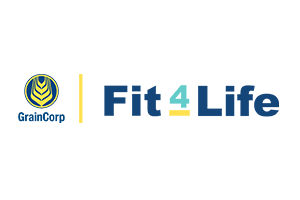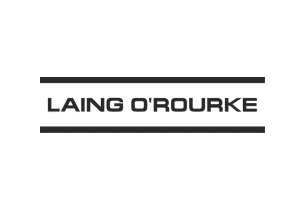Two online, self-paced psychological skills courses for mental wellbeing
Four engaging webinars with tools & strategies delivered live or on-demand
Based on years of research into mental health and reducing stress

Protect your employees
Provide your team with the psychological know-how to reduce anxiety, stress & other disorders to transform their mental wellbeing.

Registered psychologists
Take advantage of a flexible, in-house mental health program delivered by expert psychologists & backed by award-winning scientific research.

Preventative approach
Give staff the psychological skills to proactively self-manage their mental wellbeing—and reinforce behaviours & habits through ongoing learning.

All about outcomes
Wellbeing & performance go hand in hand—healthier employees lead to increased productivity & engagement, and less unplanned leave & turnover.

Become a leader
Become an accredited Healthy Minds workplace and establish your organisation as a leader in employee mental wellbeing—retaining & attracting staff.

“Having led high performance organisations for many years, I’ve been extremely impressed with the Healthy Minds approach—it’s at the cutting edge of preventive psychology, wellbeing enhancement and peak performance.”
Next in healthy minds.
Want to find out more? Book a 15-min chat with one of our
Client Partnership Managers to discuss what’s next and best for your business.
Health Seminars FAQ's
Reduced anxiety, reduced stress, and improved mental wellbeing.
‘Secrets of a Healthy Mind’ and ‘Pathways to a Healthy Mind’.
From long-distance team support to parenting tips and returning to work.
Better morale, reduced absenteeism and increased productivity are among impacts.
1. https://www.healthymindsprogram.com/for-companies
2. https://www.healthdirect.gov.au/mental-illness







